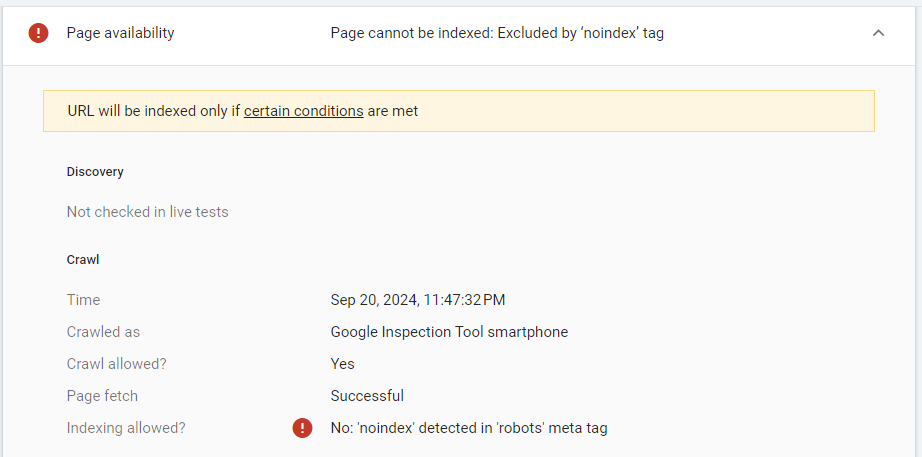Substack is one of the popular blogging platform for writers looking to share their thoughts and ideas. But before you start with Substack, it’s important to be aware of some key features and limitations that can affect your blogging experience. Here are five essential points to consider before diving in:
Content is Key: Substack has recently started to boot users and blogs that are primarily promotional. Yeah marketers ruin every good platform with their shitty SEO techniques. If you’re starting a blog, it’s crucial to focus on creating engaging, valuable content that resonates with your audience. So you may have to build a community by interacting with other writers and readers in the platform.
No GSC Code Section: Previously, Substack allowed users to add Google Search Console (GSC) codes directly. GSC codes are used to verify the ownership of the site. This feature has been removed, meaning you’ll need to use Google Tag Manager to implement GSC tracking. This may require a bit more technical knowledge than you initially expected, so be prepared to explore some workarounds.
Sitemaps and Visibility: New blogs on Substack do not automatically receive a sitemap. Sitemaps help search engines index your content more effectively (basically bringing in organic traffic), so this is a significant consideration if you want your blog to gain visibility. Substack typically enables this feature only after you have a substantial number of visitors, which can delay your blog’s discoverability.
No-Index by Default: One critical aspect to note is that, for new users, all blog content published on Substack is set to “no-index” by default. This means search engines won’t read or index your content, making it difficult for new readers to discover your blog organically. To bring traffic to your site, you’ll need to promote your content on social media and other platforms.
Custom Domain Costs: If you plan to link a custom domain to your Substack blog, be aware that it will cost you $25. This fee is separate from the cost of purchasing your domain, so factor this into your budget. While a custom domain can enhance your blog’s professionalism, it’s an additional expense to keep in mind.
The Chicken-and-Egg Dilemma
Here’s where it gets tricky: to get a sitemap (which aids in indexing), you need to attract traffic first. But without a sitemap, gaining that initial traffic becomes more challenging. It’s a classic chicken-and-egg scenario. You’ll need to actively promote your blog to build an audience while simultaneously hoping that once you reach a certain visitor threshold, Substack will grant you that all-important sitemap.
While Substack offers a straightforward way to start blogging, it’s not entirely free once you consider these aspects. But hey, it’s still a good platform for newsletters. Happy writing!


